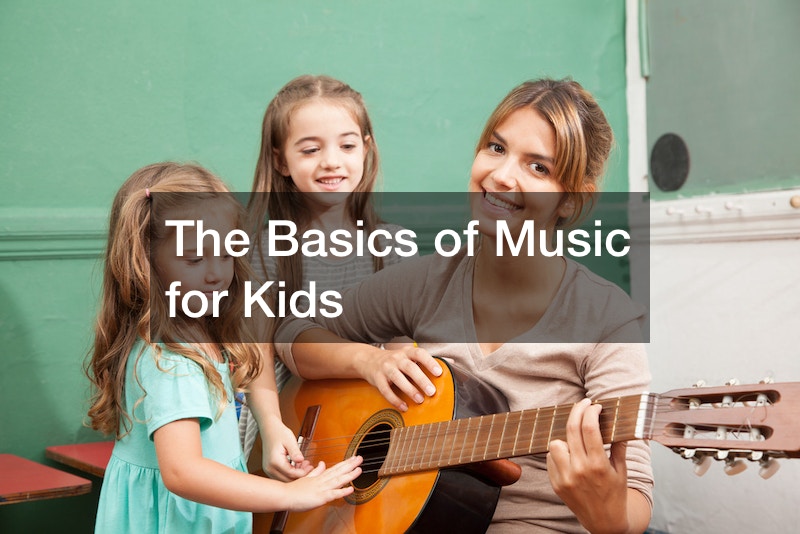The Basics of Music for Kids


Introduction:
Music is a universal language that transcends age, and introducing its fundamentals to children can be both enjoyable and beneficial. One essential concept to acquaint kids with is the “accent” in music – a symbol resembling an arrow or an alligator’s open mouth. Understanding the accent adds an exciting dynamic to the world of musical notes.
The Accent in Music:
The accent is not just a quirky symbol; it serves a vital purpose in making musical notes play louder. Picture a grumpy alligator in a lagoon using its snapping action to scare away visitors.
In a similar way, the accent in music amplifies specific notes, adding a playful element to the rhythm.
Practical Exercise:
Engaging in music lessons for kids involves hands-on activities. A simple exercise includes reading music with accents. By placing an accent on the first note of a pattern of four-quarter notes, children learn to play that note louder, creating a distinct beat. This exercise not only enhances their understanding of musical notation but also cultivates a sense of rhythm.
Changing Tempo:
The video underscores the importance of tempo in music. In many songs the tempo changes, creating a dynamic shift in speed. Teaching kids to recognize tempo alterations enhances their musical perception and adds an exciting dimension to their musical journey.
Encouraging Imagination:
The article concludes by encouraging children to think about what their own song would be about. This exercise sparks creativity, allowing kids to use their imaginations to craft songs about their favorite days, dinosaurs, pets, or anything else that inspires them. In essence, music lessons for kids become not only educational but also a canvas for self-expression and exploration.
.








